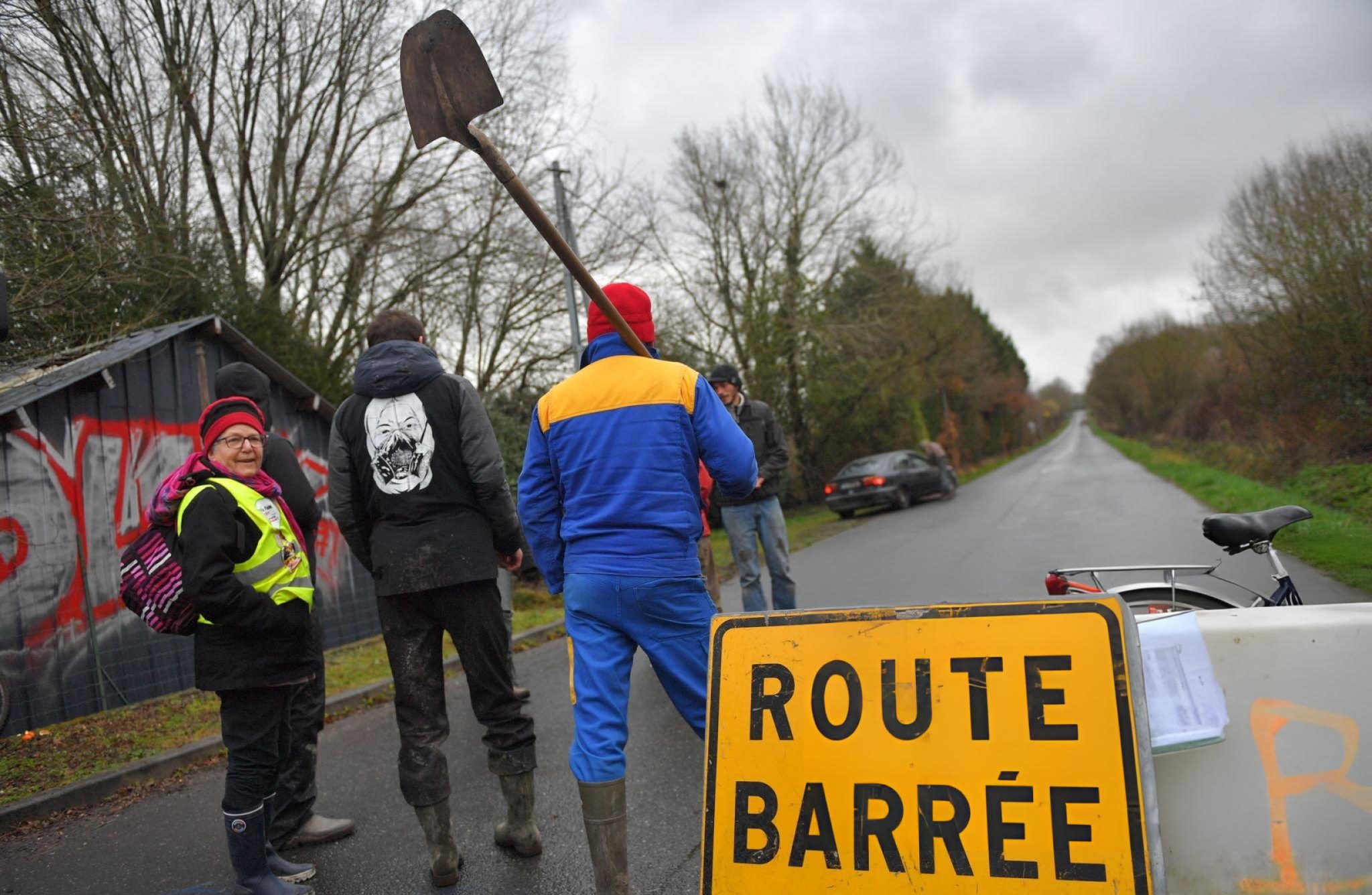Shocking tragedy has struck, leaving a couple dead on a lifeboat, from which their overwhelmed dream of crossing the Atlantic Ocean was ended in an accident. The recovery stirred sentiments and poses a question: How hazardous and challenging can long-distance journeys on the water be, which necessarily puts into perspective the risks taken by adventurers in such crazy ventures?.
The couple, known as [Names], set off to sail across the Atlantic in a small sailing vessel, inspired by the sense of adventure and pioneering spirit. But the journey took an unexpected turn for the worse when their vessel began experiencing problems, and they resorted to climbing into a lifeboat in the hopes of getting help or finding land.
The full circumstances of what caused them to abandon ship and take to their lifeboat are still not known, and this has led to the investigators and maritime authorities trying to piece together a chronology of events that will eventually lead to their deaths. There is a lot of speculation regarding possible mechanical failures, bad weather, or any other unexpected challenges that might have jeopardized their journey.
Finding the lifeless bodies of that couple on the lifeboat brings out references to the underlying risks and dangers posed by long-distance voyages across the sea, especially in remote and difficult oceanic settings. New technology in navigation may not subdue the vastness and unpredictability of the ocean, which shall turn out to be quite a challenge for the toughest sailor or adventurer.
Furthermore, the maritime agencies are on the scene to investigate the cause of death and circumstances leading to abandoning the said couple from their boat. An investigation is expected to focus on weather, equipment failure, emergency preparation, and general safety measures during their journey.
The untimely deaths of the couple have brought a spate of reflection and condolences from the maritime community and further afield, as they gesture towards the very personal risks and sacrifices associated with the chase for dreams of oceanic exploration and adventure. Theirs was a story that stands as a sorry example about the very personal risks and sacrifices associated with the chase for dreams of maritime exploration and adventure.
Tributes to the couple have flooded social media and nautical forums, singing paeans of valor and a spirit of adventure. At the same time, lamentation for the tragic loss has filled the pages. A journey that started off as one propelled by zest and challenge had come up with something more by the time those following on social media had seemingly become dedicated to the voyagers on the high seas.
As investigation into the incident continues, government officials reiterate the call for full safety measures and contingency plans for seafarers and adventurers, especially during long-distance sea travel. It’s all about being prepared with the proper equipment, an effective communication system, and well-defined emergency response protocols that could be practiced to prevent or mitigate risks for people navigating the oceans of the world.
The episode then raises other questions and concerns about the very complex relationship between adventure and safety in maritime exploration. They raise possibilities in adventurous voyages for making many discoveries and high accomplishments, but at the same time, they bring in annoying considerations of perspective risks or challenges in the way.
In summary, the tragic discovery of the dead couple in a lifeboat after failing to cross the Atlantic Ocean really notes—the big risk on maritime adventure ventures—which was why the ominous message in their story underscored the big lesson on safety, preparedness, and adherence to protocols. This illustrates fairly concisely the kind of risks and uncertainties embedded in a maritime adventure. Their story reinforces the bottom line that the way to navigate the global oceans safely and properly is, essentially, through the principles mentioned above.







